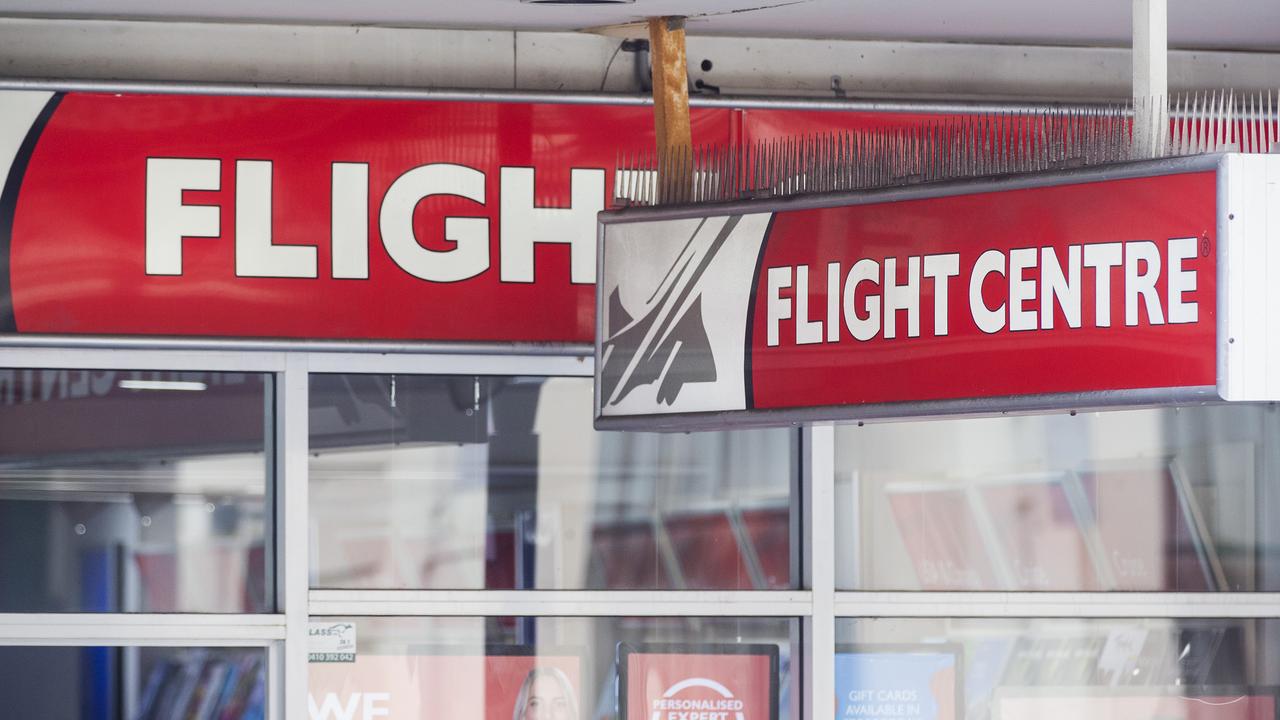Safety win: CASA pushes changes at ‘near-miss’ Ballina airport
Airspace safety will be tightened at Ballina airport, following at least 11 recent near-miss incidents.
Airspace safety will be tightened at Ballina airport, following at least 11 recent incidents in which aircraft strayed closer to each other than is deemed safe.
The recommendations of a Civil Aviation Safety Authority report, released yesterday, include the introduction of a ground-based radio service to guide pilots — vindication of a wave of safety concerns raised in The Australian over recent weeks.
A rapid increase in commercial passenger traffic to the NSW northern rivers town of Ballina has caused congestion in uncontrolled airspace.
A CASA review of airspace above Ballina Byron Gateway Airport reveals there were 11 “separation-related incidents” — planes flying closer to each other than is deemed safe — between 2009 and last year.
All involved a “breakdown in communication” as an increasing number of aircraft communicate with each other to avoid collision below 8500 feet.
The report identifies a lack of “discipline” in the use of radio by pilots and the sheer volume of radio messages due to “congestion” at the airport, where scheduled passenger flights have increased 27 per cent in just five years.
“When compared with other similar locations, Ballina had the greatest number of communications incidents,” the report concluded.
“The provision of a third-party radio service … would be expected to reduce this number …. and … may also have a positive effect on the number of separation incidents.”
As well as calling for a ground-based radio service to be introduced by the end of June next year, the report recommends Airservices Australia extend radar control closer to ground level.
Currently, radar controllers in Brisbane monitor and direct aircraft to 8500 feet. The report recommends extending radar controlled airspace down to 6500 feet.
This partly addresses the concerns of the Virgin Independent Pilots Association, which had expressed frustration that radar at Ballina and some other regional airports was not being used to its full potential.
The report says Airservices should consider introducing an Aerodrome Flight Information Service — high-standard telecommunications operated by an air traffic controller — “as a precursor” to the provision of full air traffic control with a local tower.
“CASA should continue to monitor movement numbers at Ballina with a view to designating Ballina as a controlled aerodrome as soon as the risk to traffic warrants it,” the report says.
It says the measures would be “a proactive response” to a further rapid rise in passengers, with trends suggesting numbers will exceed 500,000 a year by the end of next year.
Airservices yesterday committed to implementing the final recommendations, due after a consultation period closes on August 7.
“We welcome the report — this has been a matter of discussion, particularly in the last few weeks, and we are supportive of the recommendations,” said Airservices spokesman Rob Walker.
“Once the report is finalised we will make whatever changes are required of our operations.”
He said Airservices had been involved in providing data and the views of air traffic controllers to assist CASA with the report.
He rejected any suggestion Airservices chairman Angus Houston had played a role in pushing forward the report, following the recent calls by pilots and others in the aviation industry for greater control of regional airspace and CASA chairman Jeff Boyd flagging a shift in that direction.
Both Airservices and CASA said the report was in line with their approach of reviewing airspace safety when there were increases in air traffic at certain airports or changes to the mix of aircraft type.
The report also reveals stakeholders, which include pilots and air traffic controllers, are concerned about the risk of flying foxes striking aircraft at Ballina.
“Stakeholders reported wildlife (flying foxes) as the greatest threat to safety,” the report says. “That was supported by incident data.”
However, communications problems were significant compared with similar airports and the report noted Ballina Byron Gateway was being expanded to accommodate growth.
Weekends, and in particular Sundays, were already prone to congestion, with the number of both passenger services and general aviation, such as smaller private aircraft, increasing.



